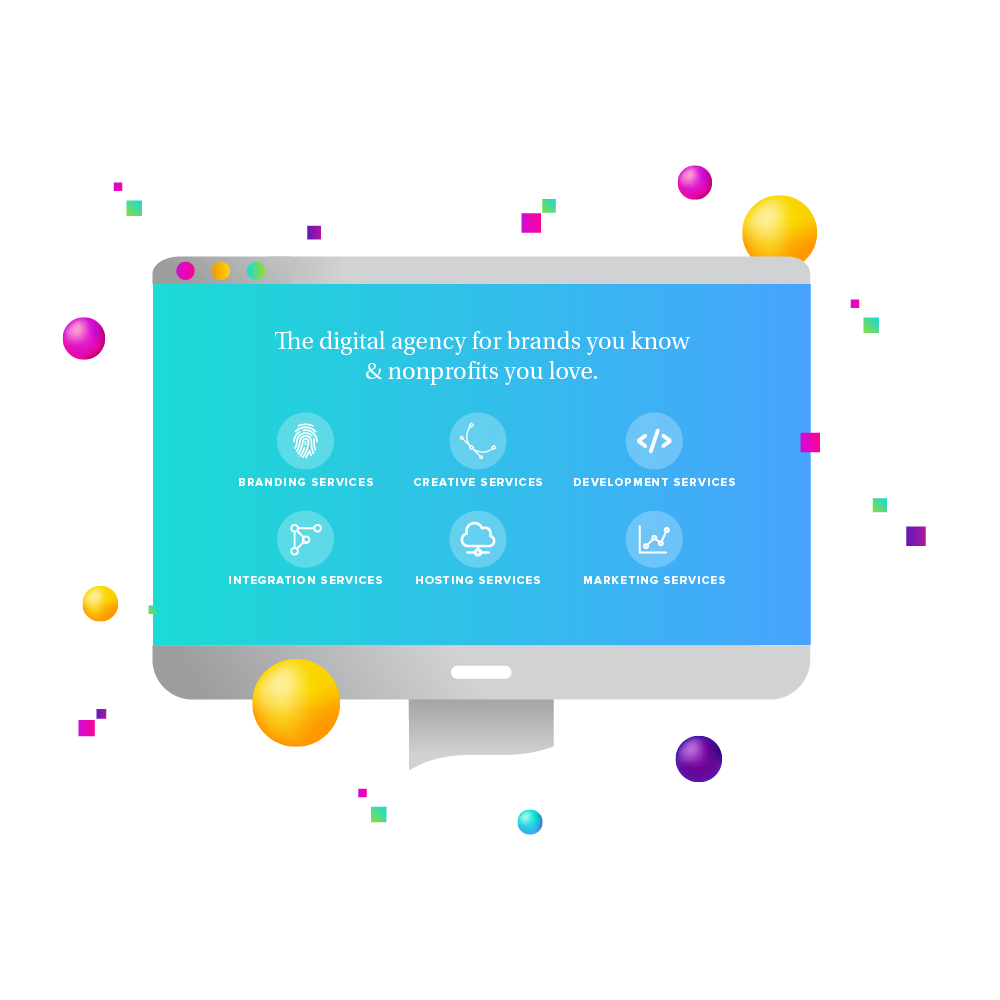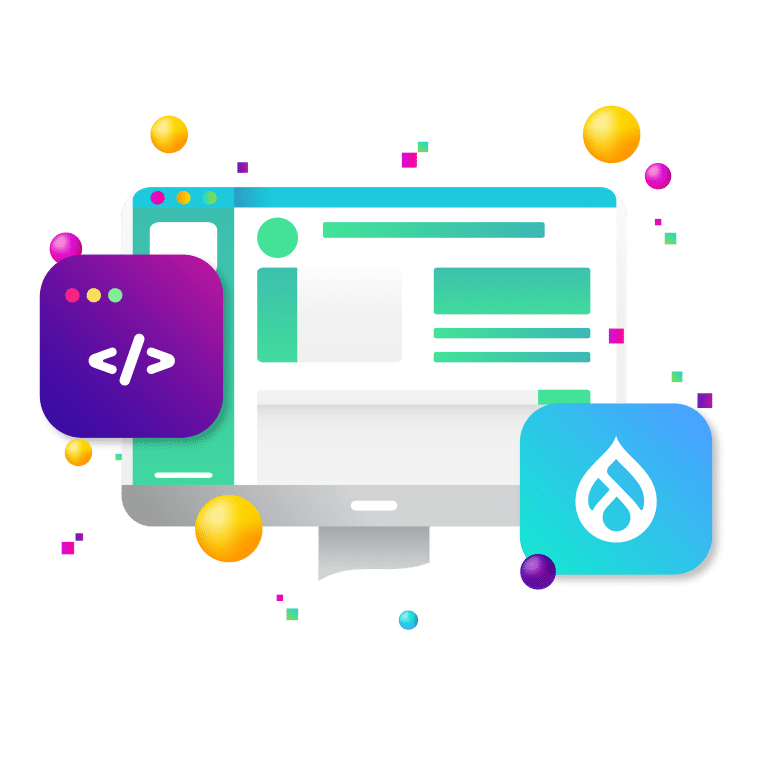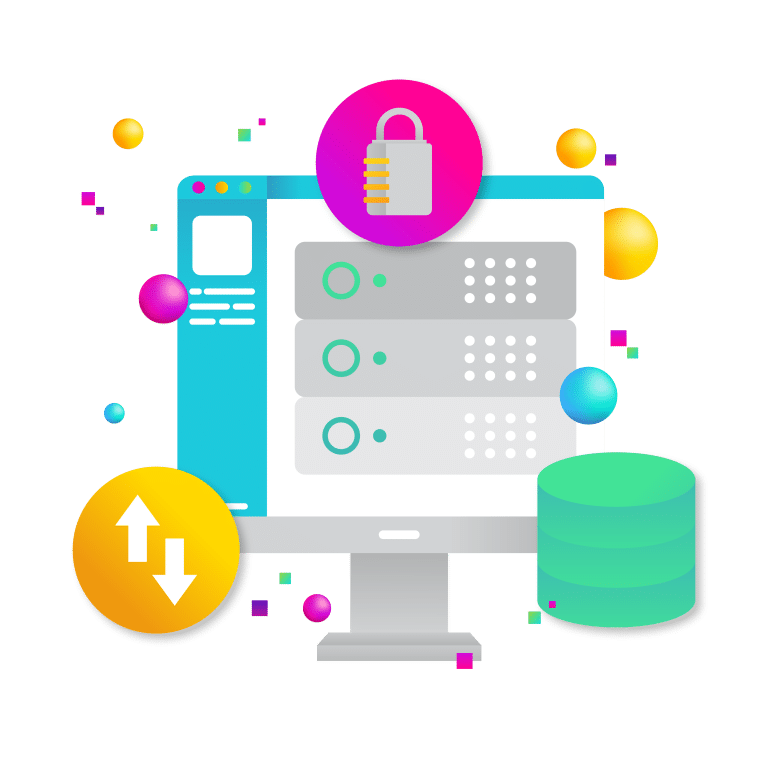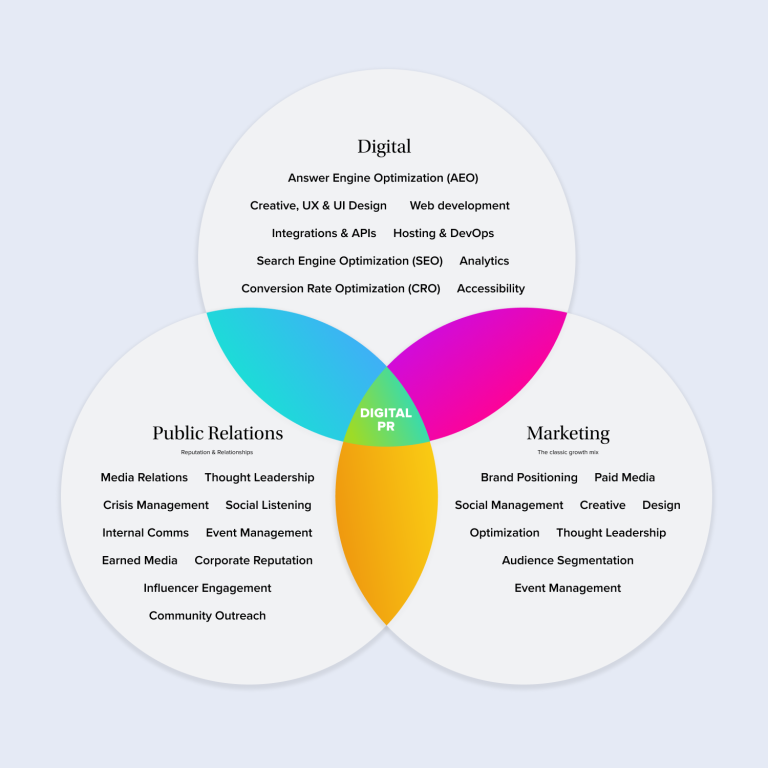
The “System” Misconception
Prospective clients often arrive on a discovery call with a digital agency certain they know what they need: “a WordPress site,” “a Shopify store,” “inventory on Meta Ads,” or “our own donation system.” On the surface, each request sounds specific and tangible—a “system” to purchase and turn on like a new appliance.
Yet subtle confusion lurks behind that certainty. Do they really need a single product or a coordinated digital ecosystem assembled by professionals? The answer determines whether their investment becomes a strategic growth engine or an under‑used line item on next year’s budget.
At New Target, we see this tension weekly. In a recent sales call we proposed integrating WordPress, Stripe, and DonorPerfect so our nonprofit prospect could offer paid memberships and one‑time gifts in a single frictionless flow. Mid‑conversation, it became clear the organization believed we were pitching a proprietary “New Target payment system.” In truth, we were proposing a service—our expertise—applied through proven third‑party platforms to orchestrate a seamless member experience.
That small misunderstanding is common, and it points to a broader theme: the line between a platform vendor and a full‑service digital agency is often invisible to buyers. This post clarifies that line, shows where value is created, and helps you decide which partner you actually need.
The Digital Services Spectrum
Think of the market as a continuum with four rough categories, each defined by how much technology, strategy, and execution they provide.
|
Category |
Primary Offering |
Who “owns” creative + strategy? |
Typical Fit |
|
1. Product Vendor / SaaS |
A turnkey platform (e.g., WordPress.com, ClickFunnels, Hootsuite) |
Buyer |
Organizations with in‑house talent to configure, maintain, and iterate |
|
2. Specialized Integrator |
Setup + configuration of a single product (e.g., a certified HubSpot partner who only does HubSpot) |
Shared |
Teams that already have brand, creative, and media resources in place |
|
3. Boutique Studio |
Limited scope creative or dev projects (e.g., a landing‑page design shop) |
Studio |
Companies with a clear, narrow deliverable and internal strategy |
|
4. Full‑Service Digital Agency (New Target lives here) |
Holistic planning, platform selection, creative, development, media, analytics, optimization |
Agency |
Organizations seeking strategic, cross‑channel growth without building an internal department |
No category is inherently better; success hinges on choosing the right model for your objectives, timeline, and internal resources.
Common Blind Spots When Shopping for “A Website”
- Technology ≠ Outcome
Buying WordPress hosting alone does not create an engaging website—just as buying lumber doesn’t build a house. The craft lives in information architecture, content design, performance optimization, and continuous testing. - “It’s Open Source, So It’s Free!”
Yes, WordPress core code costs $0, but creating a future‑proof implementation that loads under two seconds, integrates your AMS, enforces WCAG 2.2 accessibility, and supports multi‑language governance involves expertise you don’t yet have. - Integration is Invisible…Until It Breaks
From single sign‑on between your members‑only portal and your CRM, to error‑free recurring billing, the complexity lives behind the curtain. A digital agency documents edge‑cases, builds redundancies, and monitors for silent failures. That vigilance is the difference between “payments are down!” and “revenue is steady.”
Where Marketing Platforms Fall Short
The same confusion extends to paid media:
“We’re already advertising on Google and Facebook; why would we pay an agency on top of platform fees?”
It’s a fair question—until the hidden layers surface.
What an Ad Platform Sells
- Inventory: Impressions or clicks in predefined placements
- Self‑Serve Tools: Basic dashboards, automated bidding, targeting presets
What a Digital Agency Adds
- Channel Mix & Budget Modeling
Selecting LinkedIn over X (formerly Twitter) because the cost‑per‑MQL model proves superior for your average deal size—that’s not something the platforms decide for you. - Creative Strategy & Production
Thumb‑stopping motion graphics, optimized character counts, multilingual variants, and post‑launch version testing—this stack demands art direction and copywriting chops often missing internally. - Full‑Funnel Cohesion
The click is merely a handshake; the landing page, CRM automation, nurture sequence, and reporting layer determine whether that handshake turns into a sale. Coordinating those pieces is squarely agency territory. - Objective Measurement
Platforms mark success by impressions, clicks, and (maybe) conversions within their walled garden. Agencies align metrics with business KPIs—revenue, retention, lifetime value—by unifying analytics data across platforms and back‑office systems.
Case Study: Membership Conversion for a National Association
Challenge
An association offered three membership tiers but saw cart abandonment above 70 %. Their internal team believed the culprit was “high dues,” so they planned a discount campaign.
Agency Approach (New Target)
- Diagnostic Audit: Heatmaps + clickstream analysis showed friction at account creation, not price sensitivity.
- Integration Work: We rebuilt the WooCommerce checkout, auto‑populating member data from their AMS.
- UX Refinements: Introduced single‑page checkout and Apple/Google Pay to reduce typing on mobile.
- Result: 44 % drop in abandonment, an 18 % increase in average order value, and no discounting required.
Lesson
Technology was only half the solution; the other half was analytical insight and UX craftsmanship—the hallmarks of agency value.
How to Determine the Partner You Actually Need
Clarify the Desired Outcome
Is it “have a website” or “grow online membership by 25 %”? The former might be met by a vendor; the latter usually requires an agency.
Assess Internal Capacity
Do you have a strategist, UX designer, copywriter, developer, QA analyst, and media buyer on staff?
Can they dedicate time beyond day‑to‑day duties to build and iterate?
If the answer is no, leaning on an agency prevents half‑built initiatives.
Forecast the Life‑Cycle Cost
Platform license or ad spend is recurring.
Upfront services (information architecture, integrations, creative) tend to be one‑off but foundational.
Skimping on the latter often multiplies the former due to inefficiencies and rework.
Demand Transparency (and Documentation)
An agency should specify which elements they own versus what you can service in‑house henceforth. We provide architecture diagrams, admin guides, and training sessions so you’re not locked in.
Look for Strategic Alignment, Not Just Technical Skills
A true partner starts with your organizational goals, then prescribes tech—not the other way around.
The Digital Agency Differentiators in Detail
|
Dimension |
Typical Platform Vendor |
Full‑Service Agency |
|
Strategic Planning |
N/A or limited to product onboarding |
Business goals translated into multi‑year roadmaps |
|
User Research |
Self‑serve templates |
Qualitative & quantitative studies, persona development |
|
Experience Design |
Theme or layout library |
Custom UX/UI informed by research and testing |
|
Content & Creative |
DIY or stock |
Brand‑driven copywriting, art direction, video, motion |
|
Technical Integration |
API docs available |
Architecture, middleware, custom dev, QA, monitoring |
|
Analytics & Optimization |
Platform dashboard |
Cross‑platform dashboards, attribution modeling, CRO |
|
Governance & Training |
Knowledge base |
Workshops, style guides, ongoing support SLAs |
Hidden Costs of a Platform‑Only Approach
- Opportunity Cost
Staff spending four months learning a CMS plugin is four months not spent on mission‑critical work. - Technical Debt
Quick fixes today (e.g., installing six overlapping plugins) might cause re‑platforming two years later. - Fragmented Data
When each tool hoards its own analytics, leadership lacks a single source of truth and underfunds performing channels. - Compliance and Risk
ADA lawsuits, GDPR fines, PCI‑DSS breaches—compliance is rarely out‑of‑the‑box.
When a Vendor Is Enough
We are the first to admit that not every project warrants agency involvement. You may succeed with a specialist vendor if:
- The initiative is small and self‑contained (e.g., spinning up a microsite for a one‑time event).
- Internal stakeholders are available and qualified to handle ongoing updates.
- The desired outcome is strictly operational, not strategic (e.g., digitizing a paper form without changing business process).
In such cases, New Target often provides a “Blueprint & Hand‑Off” engagement—a condensed discovery and specification sprint that maps the solution, then hands execution to your internal or vendor team.
Practical Tips for a Productive Agency Relationship
- Share Your Business Model, Not Just Requirements
Knowing revenue streams, seasonality, and audience segments helps us design solutions that scale. - Involve All Stakeholders Early
Legal, IT security, finance, and marketing should align on success criteria before design begins. - Budget for Iteration
The launch is day one. Allocate 10–20 % of annual site or media spend for continuous improvement. - Insist on Performance Dashboards
Real‑time data beats quarterly PDF reports. We provide live dashboards connecting GA4, Meta, HubSpot, and your CRM so decisions happen weekly, not retroactively. - Maintain a Single Source of Content Truth
Whether that’s a headless CMS or a brand style guide, consistency accelerates production and reduces errors.
Investing in Expertise, Not Just Tools
The digital landscape tempts us with powerful self‑serve technologies. But as the nonprofit that nearly bought a “payment system” learned, software alone does not guarantee a great user experience. Expertise, orchestration, and strategic alignment are the multipliers that turn code into conversions, and impressions into impact.
At New Target, we don’t sell “our system” because systems are transient. What endures is our ability to evaluate, integrate, and evolve the right mix of systems for each client’s unique mission. When you hire an agency, you’re not buying line items of code or impressions; you’re investing in a partnership that turns tools into outcomes and ideas into measurable growth.
Ready to discover where your platform ends and true partnership begins? Let’s chat.



